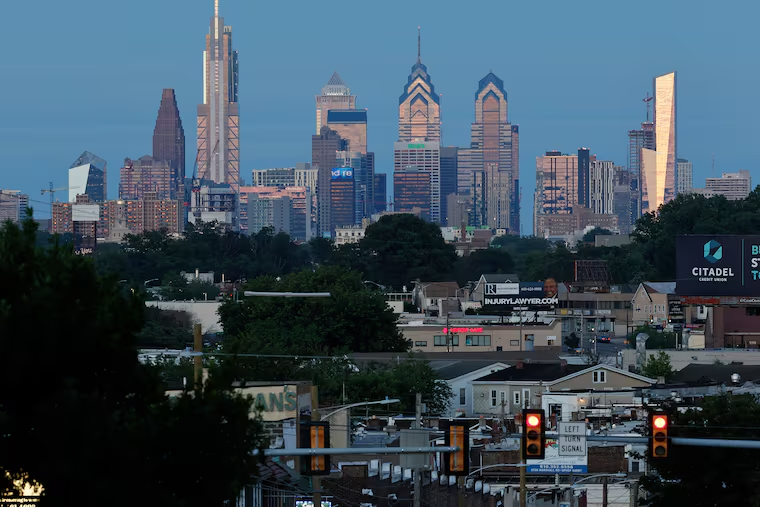Philly’s population has grown to more than 1.6 million, and the region is getting more diverse
Philadelphia's population last topped 1.6 million in the 1980 Census. The city's 5.1% increase in population in the 2010s was the largest since the 1950s.

Philadelphia's population last topped 1.6 million in the 1980 Census. The city's 5.1% increase in population in the 2010s was the largest since the 1950s.
